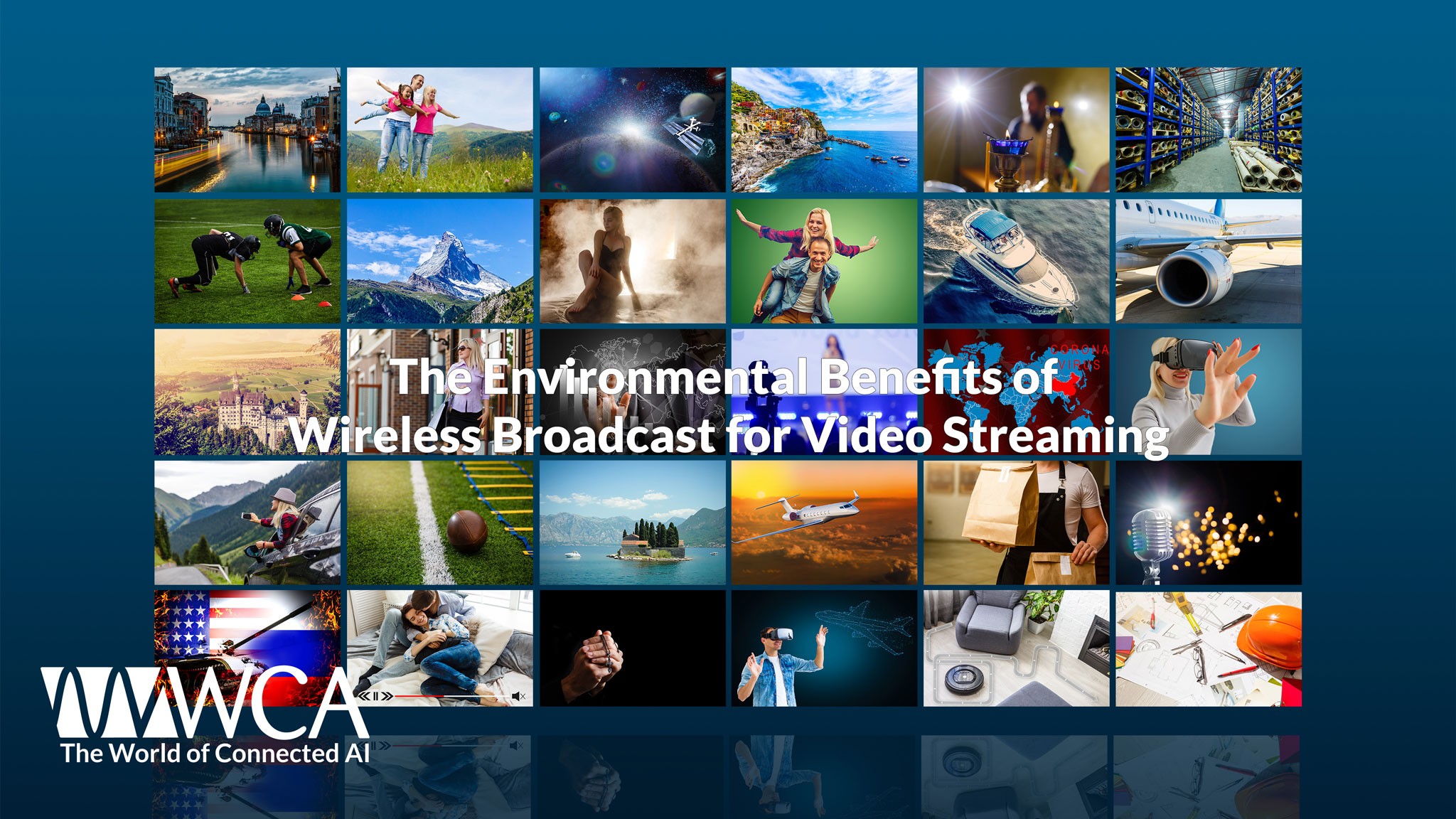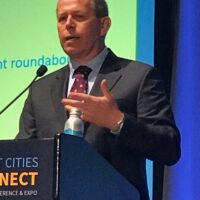
As digital video demand rises, its environmental toll is harder to ignore. In 2024, U.S. data centers consumed over 4% of national electricity, contributing more than 105 million tons of CO₂ emissions. With growing pressure on telecom providers to cut carbon output, traditional streaming methods face scrutiny.
Video streaming, particularly through unicast delivery, creates individual data flows for each user. This model is energy-intensive and unsustainable at scale. Fortunately, telecom innovation offers an efficient alternative: wireless broadcast.
Wireless broadcast technology transmits a single video stream to multiple devices simultaneously. This approach sharply cuts power use, making it a strategic choice for eco-conscious telecom providers. By embracing this shift, the industry can deliver high-quality content while reducing environmental harm.
Wireless Broadcast vs. Unicast: A Sustainability Shift
Wireless broadcast requires less energy because it doesn’t scale power consumption with user count. Instead, one transmission reaches all. Unicast methods, by contrast, generate significant emissions when delivering streams to thousands or even hundreds of viewers.
For example, a 2-hour HD stream sent to 100,000 users via unicast can consume about 24,000 kWh. That equals roughly 9,600 pounds of CO₂. In comparison, a full-power UHF broadcast uses just 154.2 kWh—emitting only 61.68 pounds of CO₂.
Even at smaller scales, wireless broadcast holds strong. A 2-hour stream to just 1,000 devices would consume 240 kWh through unicast. That translates to 96 pounds of CO₂. Using low-power UHF broadcast, the same stream needs just 0.018 kWh, producing only 0.12 ounces of CO₂.
Efficiency Gains in Telecom Infrastructure
Telecom networks constantly seek cost-effective and scalable solutions. Wireless broadcast supports this goal. It reduces server load, lowers peak-time bandwidth demands, and minimizes energy usage. This efficiency translates to longer hardware life and fewer infrastructure upgrades.
Moreover, as edge computing grows, broadcast capabilities can help optimize content delivery. Wireless systems may even enable hybrid models, combining unicast for on-demand content and broadcast for high-volume live streams.
A Green Future Through Telecom Innovation
Future-ready telecom providers are aligning with sustainability goals. By integrating wireless broadcast with renewable power, the industry can achieve meaningful emission reductions.
Emerging multicast technologies will further refine content delivery, allowing for efficient spectrum use. Combined with cleaner energy, these tools position telecom providers to lead the shift toward sustainable digital infrastructure.
In an industry racing toward 5G and beyond, sustainability must stay in focus. Wireless broadcast stands out as a proven, scalable method to reduce environmental impact while meeting demand.



































































